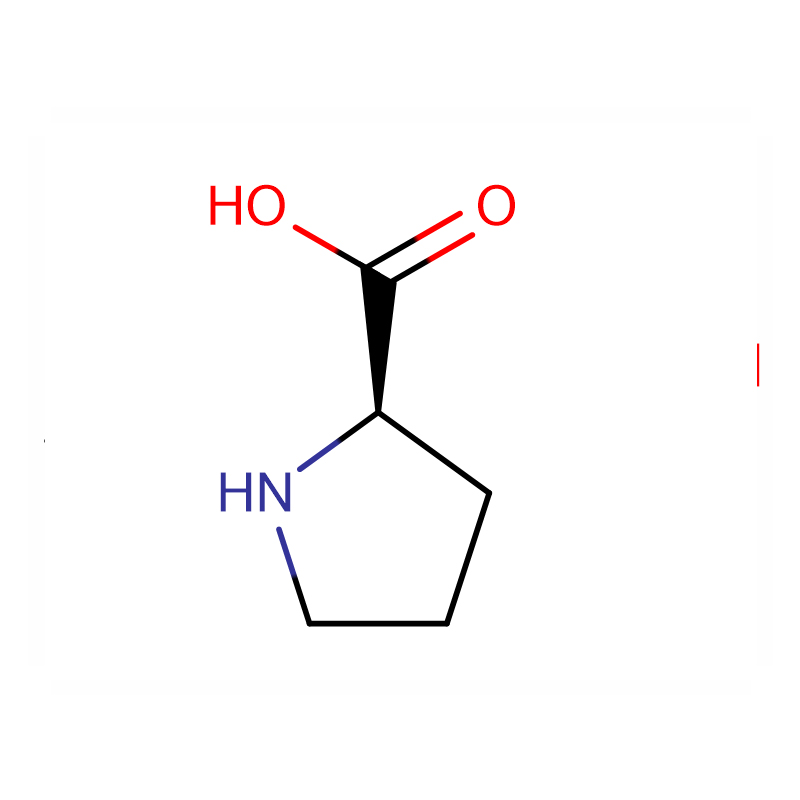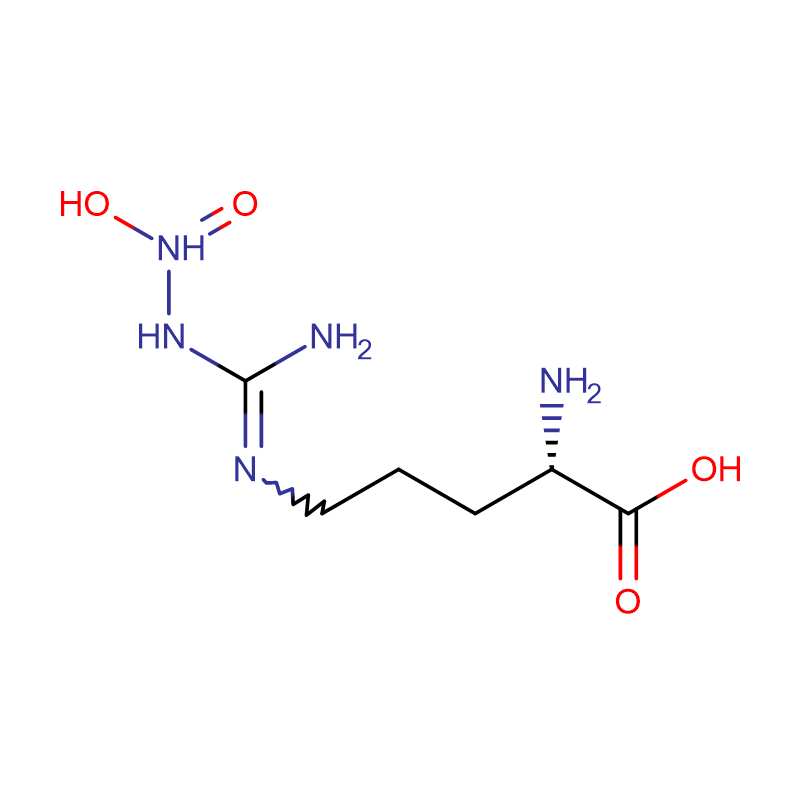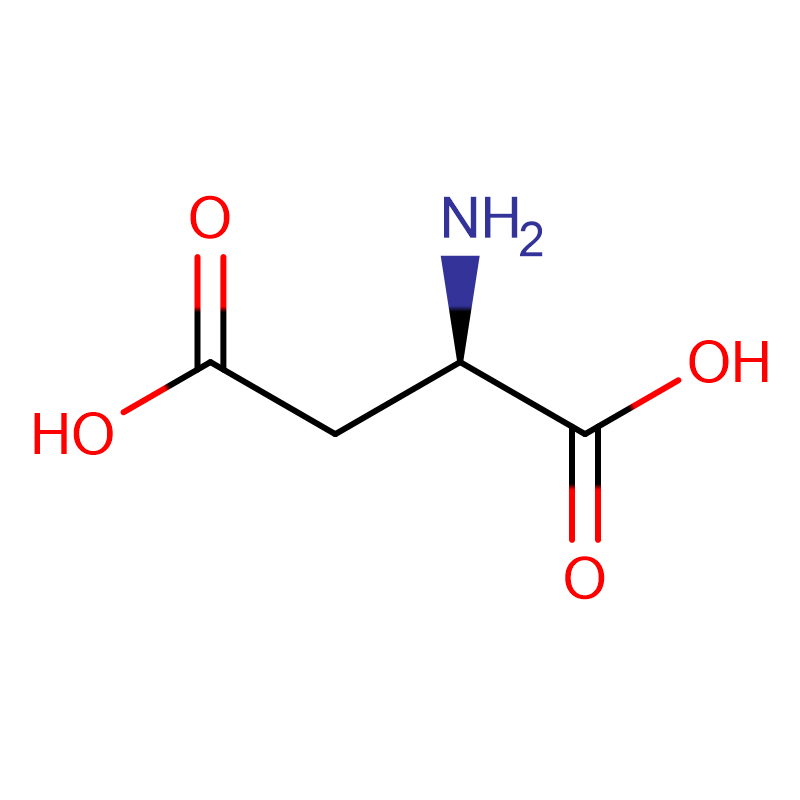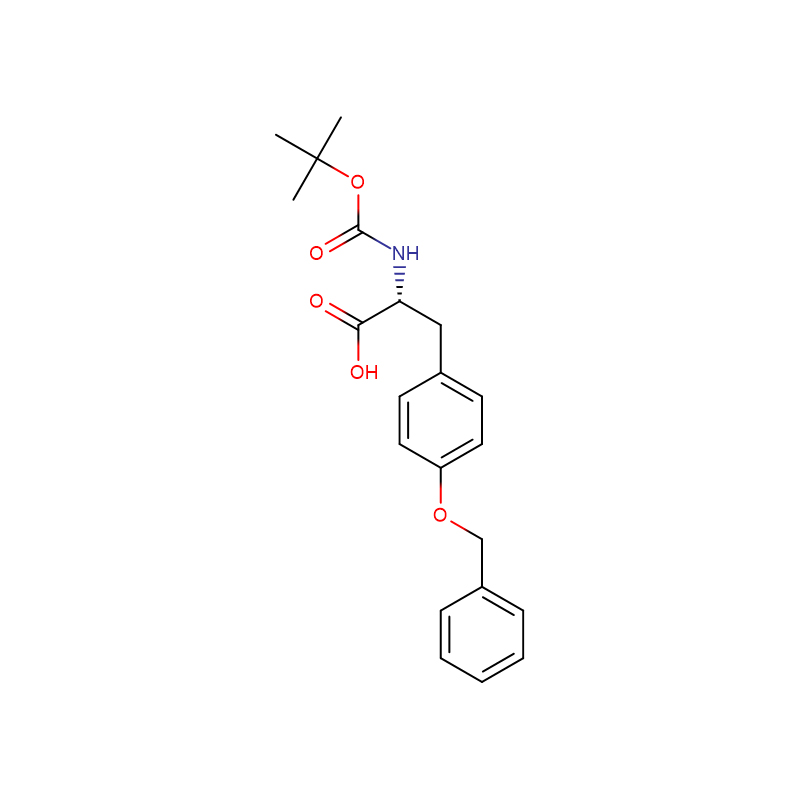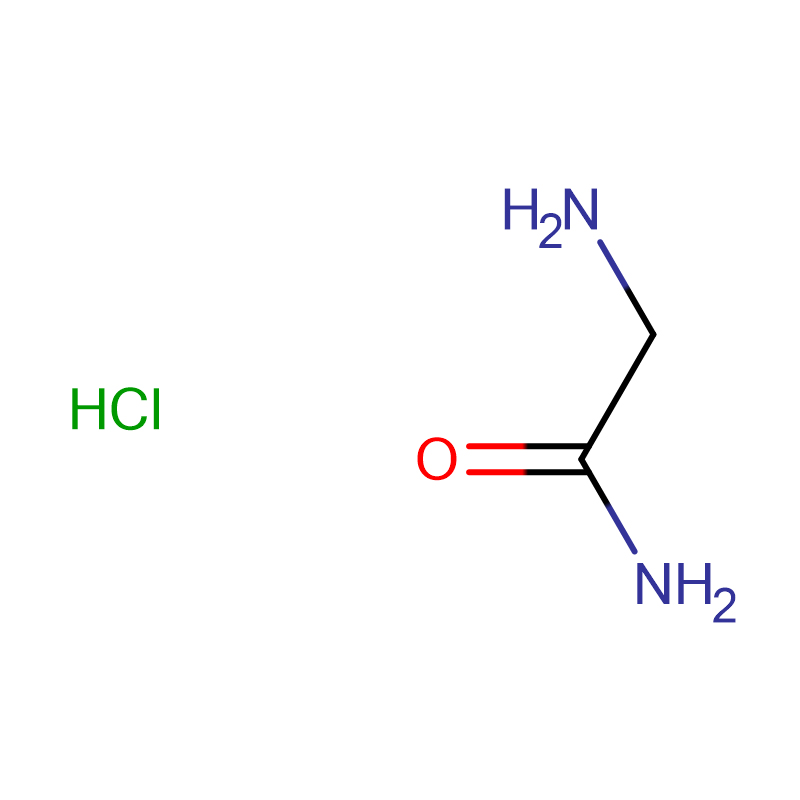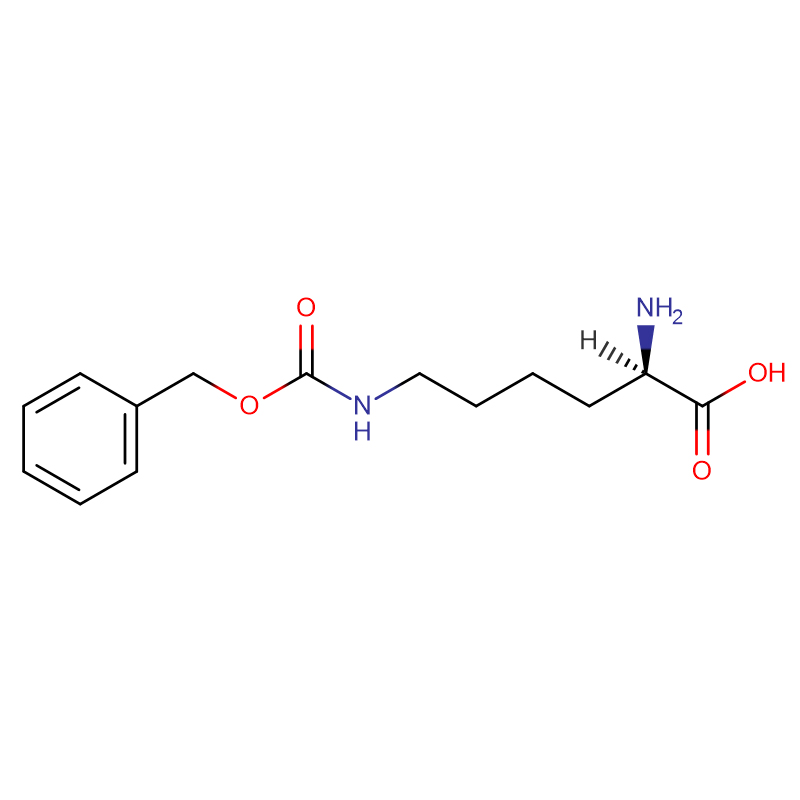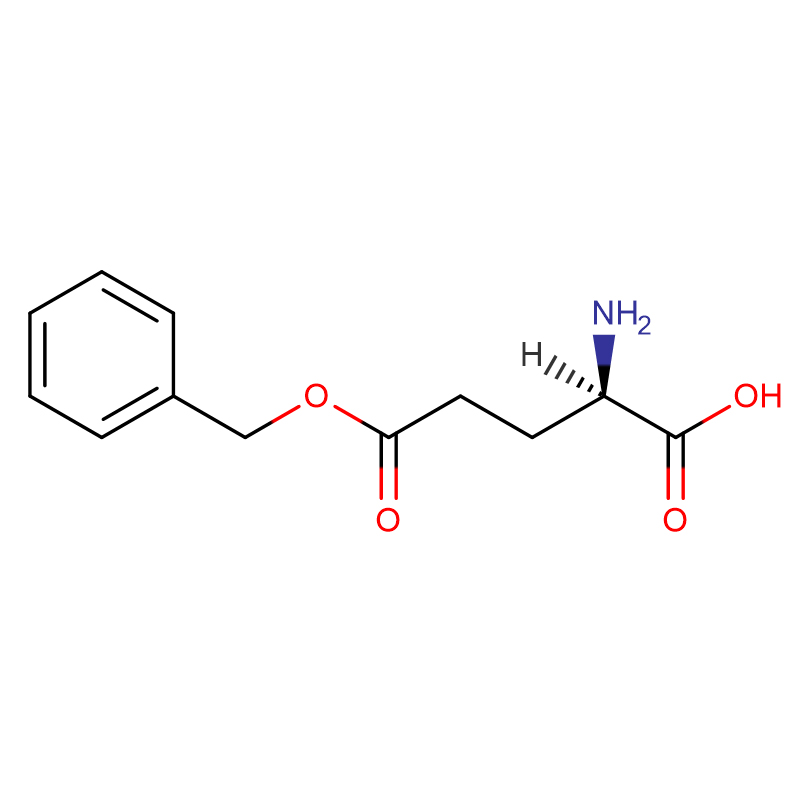D-Proline Cas: 344-25-2 98.5% White powder
| Catalog Number | XD90294 |
| Product Name | D-Proline |
|
CAS |
344-25-2 |
|
Molecular Formula |
C5H9NO2 |
|
Molecular Weight |
115.13046 |
| Storage Details | Ambient |
|
Harmonized Tariff Code |
29339980 |
Product Specification
| Assay | >98.5% |
| Physical Appearance | White powder |
| Specific rotation | +84.5 to +86.5 deg |
| AS | <2ppm |
| Ph | 5.9 - 6.9 |
| Fe | <10ppm |
| Loss on Drying | <0.5% |
| Chloride (Cl) | <0.020% |
| Sulfate | <0.020% |
| Residue on Ignition | <0.5% |
| NH4 | <0.02% |
| Heavy Metals (Pb) | <10ppm |
A new member of the AP2/ERF transcription factor family, GmERF3, was isolated from soybean. Sequence analysis showed that GmERF3 contained an AP2/ERF domain of 58 amino acids and two putative nuclear localization signal (NLS) domains. It belonged to a group IV protein in the ERF (ethylene response factor) subfamily as typified by a conserved N-terminal motif [MCGGAI(I/L)]. Expression of GmERF3 was induced by treatments with high salinity, drought, abscisic acid (ABA), salicylic acid (SA), jasmonic acid (JA), ethylene (ET), and soybean mosaic virus (SMV), whereas there was no significant GmERF3 mRNA accumulation under cold stress treatment. GmERF3 could bind to the GCC box and DRE/CRT element, and was targeted to the nucleus when transiently expressed in onion epidermal cells. The GmERF3 protein fused to the GAL4 DNA-binding domain to activate transcription of reporter genes in yeast. Ectopic expression of the GmERF3 gene in transgenic tobacco plants induced the expression of some PR ge nes and enhanced resistance against infection by Ralstonia solanacearum, Alternaria alternata, and tobacco mosaic virus (TMV), and gave tolerance to high salinity and dehydration stresses. Furthermore, overexpression of GmERF3 in transgenic tobacco led to higher levels of free proline and soluble carbohydrates compared to wild-type plants under drought conditions. The overall results suggested that GmERF3 as an AP2/ERF transcription factor may play dual roles in response to biotic and abiotic stresses in plants.


